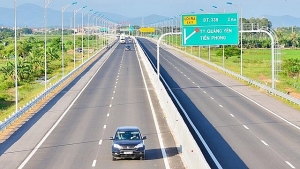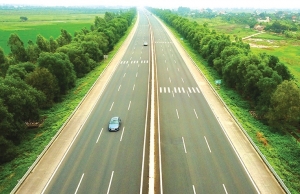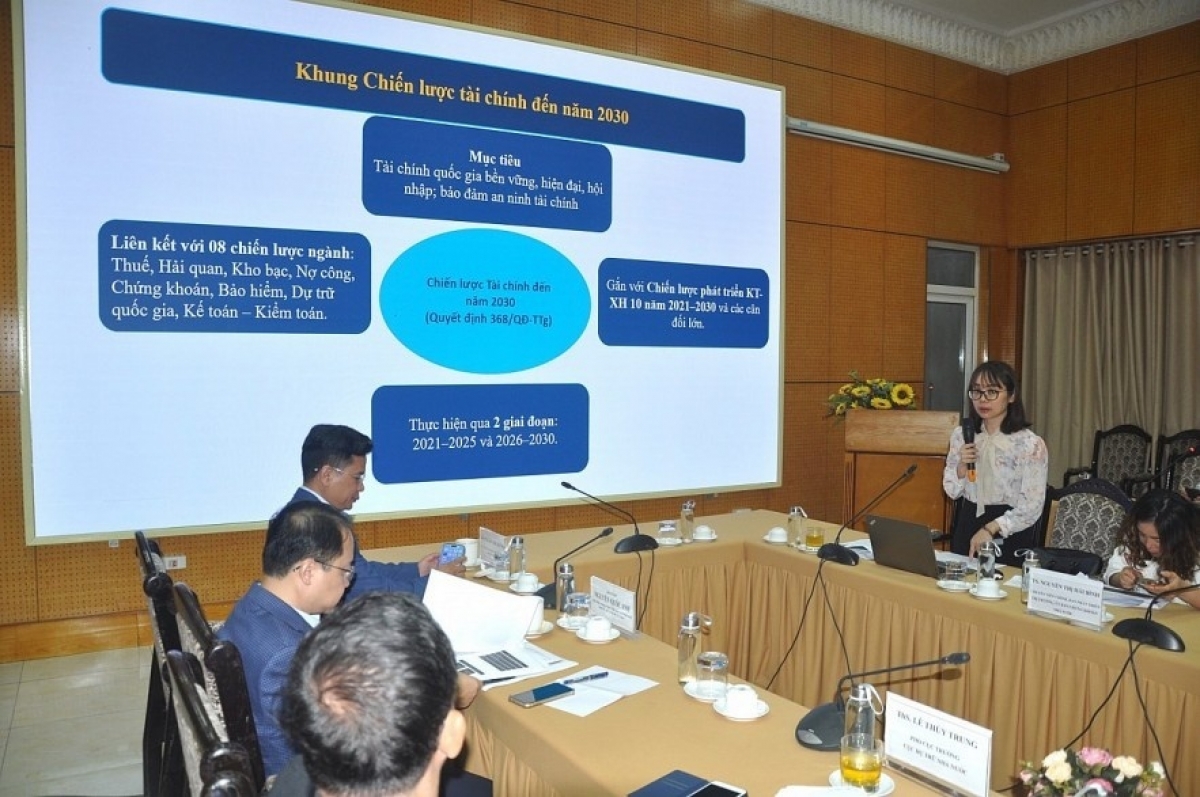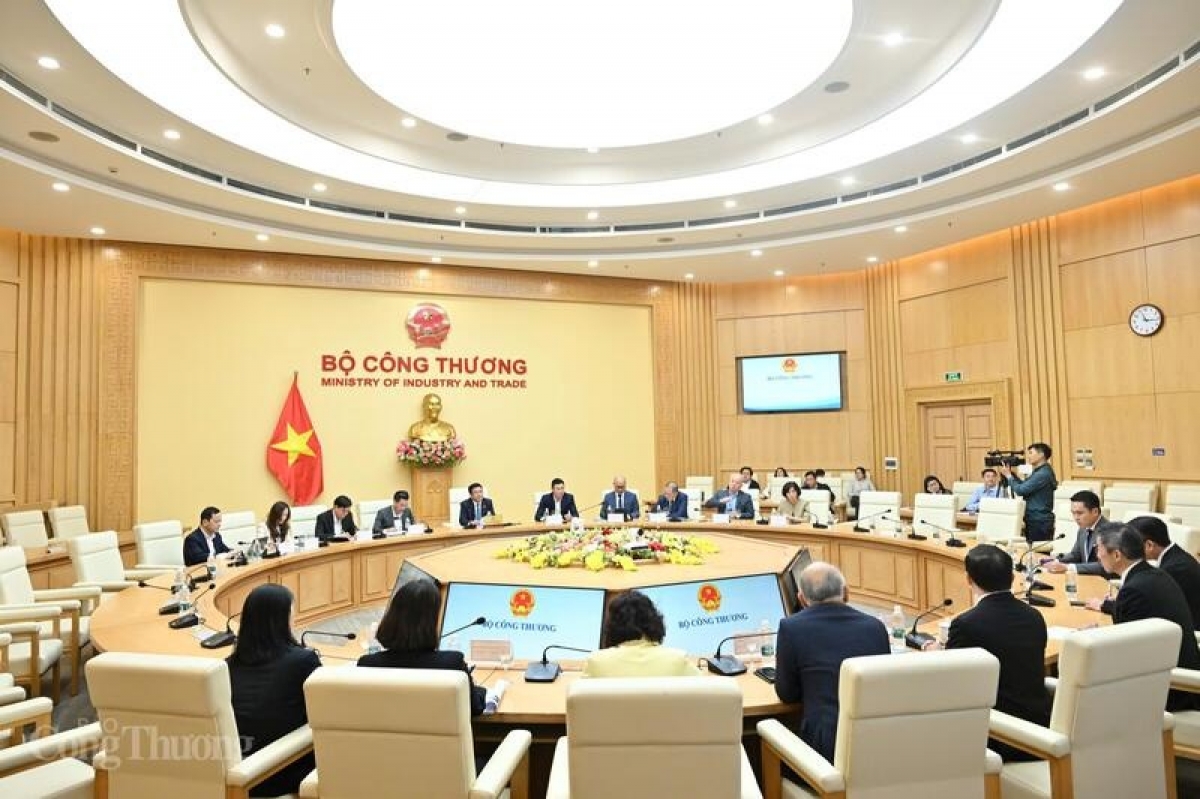INTERNATIONAL INVESTMENT
AND PORTAL
Over the past 50 years, Asia has become a dynamic growth center in the world. Despite its success, Asia still has nearly 700 million poor people, or 65 per cent of the world's poor living on less than $1.25 a day. The region also faces growing income inequality, massive infrastructure deficits, low connectivity, weak regional and economic integration, rapid and unplanned urbanisation, declining productivity, and undiversified economies.
 Guntur Sugiyarto-Principal economist, Central and West Asia Department (left) and Dewan Anas Mushtaq-economic analyst and development practitioner Asian Development Bank
Guntur Sugiyarto-Principal economist, Central and West Asia Department (left) and Dewan Anas Mushtaq-economic analyst and development practitioner Asian Development Bank
Economic corridor development – which connects economic drivers such as transportation hubs, markets, communication centers, and other elements in a distinct area – offers a suite of solutions to address these challenges.
A well-developed economic corridor like the East-West Economic Corridor can connect cities special economic zones, ports, agricultural areas, tourist sites, and businesses across countries, in this case Myanmar, Thailand, Laos, and Vietnam. This is done by improved roads, greater telecommunications connections, easier border connections, sharing knowledge, and cross-border financial cooperation.
Economic corridors can enhance regional cooperation by connecting national economies more effectively, which can lead to more trade integration, efficient intraregional supply chains, and stronger financial links. If trade barriers are reduced, economic corridors benefits can expand, resulting in a much larger and regionally integrated market that boosts international trade, cross-border investment, skill mobility, and technology transfers.
Economic corridors can also improve connections between urban centers and rural areas through well-developed networks of hard and soft infrastructure, reducing the cost of doing business and connecting to global production networks and value chains. They also support broader economic reforms and can serve as an experimental area for implementing new policies or programmes before scaling up.
As economic corridors naturally overlap with urban or city developments, they can support the development of modern or smart cities, technology and IT parks, and various special economic zones. Economic corridors can thereby lead to well-planned and synchronised infrastructure, industrial, and urban development.
Economic corridors promote innovation, research, and development, including applications of information and communication technology using big data and analytics to strengthen virtual and high-tech connectivity, and in doing so increase competitiveness and productivity. This can lead to more productive resource allocation, structural transformation, and innovation.
Economic corridors can enhance regional cooperation by connecting national economies more effectively, which can lead to more trade integration, efficient intraregional supply chains, and stronger financial links.
Involving export processing zones and industrial parks in economic corridors can support industrialisation and economic diversification by offering financial incentives, better infrastructure, trade facilitation, and protection from government interference. These factors attract private firms to invest in the region.
Economic corridors also help create a dynamic and knowledge-intensive economy by providing a supportive business environment and ecosystem for knowledge and technology-based agriculture, manufacturing, and service sectors.
Economic corridors are particularly beneficial for Asian countries, as they can reduce economic and transaction costs, shorten economic distances, improve trade facilitation, and create competitive markets that benefit from specialisation, economic diversification, and overall economic transformation and welfare improvements.
Drawing from experiences in Asia, Europe, and Africa, the success of economic corridors depends on several critical factors: a clear vision and strong commitment at the highest level; robust economic and technical analyses that maximise economic potential; well-developed hard and soft infrastructure; streamlined administration related to productive incentives, clear ownership, and partnerships; integration with regional or global economic networks and value chains; and attracting private investment.
Evidence from well-developed and implemented economic corridors in Asia, Europe, and Africa suggests multiple benefits, including improved national and regional connectivity due to faster, cheaper, and easier movement of people and goods. It can also reduce the costs of national, regional, and global trade, enhancing competitiveness and providing greater national, regional, and global integration
Economic corridors reduce poverty through improved access to economic opportunities, lower the costs of goods and services, and provide better access to basic services. They also narrow development gaps due to improved access to regional markets and production networks for small, poor, landlocked, and remote economies, and facilitate development of industries to support sectoral, regional, and export diversification.
Forging economic corridors is a difficult task, but there are success factors that developing countries can bear in mind when planning their implementation.
Successful economic corridor development rests on a foundation of solid political commitment, requiring cooperation across all government levels and close coordination with the private sector. It hinges on harmonised policies, bolstered by strong institutions and streamlined regulations for efficient planning and coordination.
Rigorous economic and technical analysis, precise corridor administration, and vigilant monitoring form the project’s backbone, striking a balance between costs, benefits, and potential advantages.
The design of economic corridor development is further sculpted by crucial guiding principles. These include creating quality infrastructure for essential services, establishing both vertical and horizontal industry connections locally and internationally, and sowing a fertile ground of incentives to attract investments.
Moreover, the smooth facilitation of trade, a business-friendly environment, and a focus on nurturing a skilled workforce are all integral for efficient operations, private growth, and meeting industry demands. When harmonised, these elements can transform economic corridor development into a significant economic growth engine for Asian countries.
If developed and implemented effectively, economic corridors can bridge infrastructure gaps, integrate economies, attract domestic and foreign investment, foster industrial growth, increase exports, and promote structural transformation.
This can propel an economy toward a higher, more inclusive growth trajectory, creating more productive jobs and improving overall productivity.
 Quang Yen Economic Zone added to coastal economic zone planning
Quang Yen Economic Zone added to coastal economic zone planning
Quang Yen Economic Zone located in the northern province of Quang Ninh has been approved to be added to Vietnam's coastal economic zones development planning to 2020.
 Plans pinpoint infrastructure for breakthrough in growth
Plans pinpoint infrastructure for breakthrough in growth
The east and west economic corridors of Vietnam will become the strategic backbone for the decade’s national master plan in order to revitalise spatial development, lure more investment resources, and enable breakthrough growth.



















